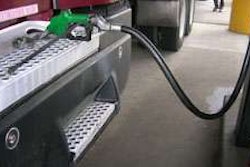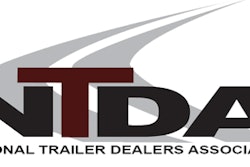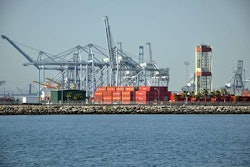Thomas Built Buses’ purchase of two Mitsubishi 4000 watt laser cutters and a 20 foot tall stacker in late 2010 and early 2011 served as the catalyst for a dramatic change in the company’s fabrication process, company officials say. Since being added almost a year ago, the new machines have allowed the company to eliminate five other machines, reorganize work flow and reduce the average time it takes to fabricate parts by about 25 percent.
The new equipment is one of the most recent components of the company’s implementation of lean management, which began in Thomas Built’s Saf-T-Liner C2 bus plant. Assembly lines for Type A and D buses in Plant One were updated and redesigned for more efficient production in 2007 and 2008.
At Thomas Built, officials say, lean management is a philosophy of improving quality while driving waste out of the organization at every level, and empowering all employees as waste eliminators and problem solvers to achieve optimum efficiency.
For many years, Thomas Built Buses has fabricated parts for all of its new buses as well as some replacement parts for buses in the field. With the new laser cutters, the company was able to bring production of more than 100 additional parts in-house. And, with lasers that operate nearly 24 hours a day, seven days a week, every week more parts are being manufactured in-house, reducing costs and speeding up delivery of parts to the bus manufacturing line.
“Thomas Built Buses is vertically integrated,” said Jeff Allen, Thomas Built Buses vice president of operations. “The majority of parts on our buses are fabricated from steel that we buy as coils of raw material direct from the mill.” With approximately 11,000 active parts in inventory, Thomas Built purchases about 60 million lbs. of steel a year.
“These new lasers provide greater precision, so we get the optimal number of parts from a sheet, reducing waste, and we can produce higher quality parts. Because we make most parts in-house, we can get parts to our customers faster, and maintain better quality control,” said Allen.
Allen reports that nearly a year after installation, the lasers are on track to pay for themselves in just two years, and they are contributing significantly to Thomas Built’s Zero-Waste-to-Landfill commitment. “The best way to be Zero-Waste-to-Landfill is to avoid creating waste in the first place,” he said. The addition of the lasers has reduced fabrication waste and saved on material costs and recycling fees.













